#Leathertruthfully
#LeatherTruthfully shares all the facts about leather making and the role of leather in a sustainable economy.




.png.aspx)
.png.aspx?lang=en-US)
how is
leather made?
Leather is made by ‘tanning’ hides and skins that are a by-product of the food industry. Responsible leather manufacturing is science-based, highly regulated and independently audited to international standards.
The Leather Naturally ‘Guide to Modern Leather Making’ sets out much of this detail and can be downloaded here. It covers everything including tanning methods, different types of leather and biodegradability.
.png.aspx?lang=en-US)
where does leather
come from?
The majority of leather is made from the hides and skins of livestock raised for food.
Cattle: 69%
Sheep: 13%
Goat: 11%
Pig: 6%
It is a natural product that would otherwise go to waste if not used in this way.


Does leather making
use chemicals?
Yes, like many other manufacturing processes, leather making uses chemicals, but the best available technology today does not require toxic chemistries.
Tanneries are required to comply with standards such as the EU REACH requirements for chemicals and most work with their customers on much stricter restricted substances list. Many leather companies have additionally joined ZDHC (zero discharge of hazardous chemicals) and there is a strong trend in the leather industry towards modern biochemical solutions to reduce overall chemical usage and eliminate chemicals which come from fossil fuel origins.
Is it possible to check that leather is responsibly made?
The leather industry has independent bodies such as the Leather Working Group, ICEC, OEKO-TEX and the Sustainable Leather Foundation, which audit and certify to internationally recognised and published standards that include traceability, waste management, environmental impact and social governance.

Research tells us that consumers trust brands that provide clear impact messaging and audited compliance within the leather industry makes it possible for them to do that.
Leather & the Consumer research report
.gif.aspx?lang=en-US)
are animals killed for leather?
It is perhaps the single most-often repeated myth that cows are kept for the sole purpose of making leather but they are not. Farmers raise livestock for its meat or milk with the hide or skin as a by-product that has to be used or thrown away as waste.
The value of the hide is not a reason to raise cattle
The hides and skins that are used to make leather represent on average, less than 1-2% of the overall value of the animal. Farmers do not raise or kill livestock for leather and using less leather does not mean that fewer cattle are reared.
Analysts in the USA did the maths.

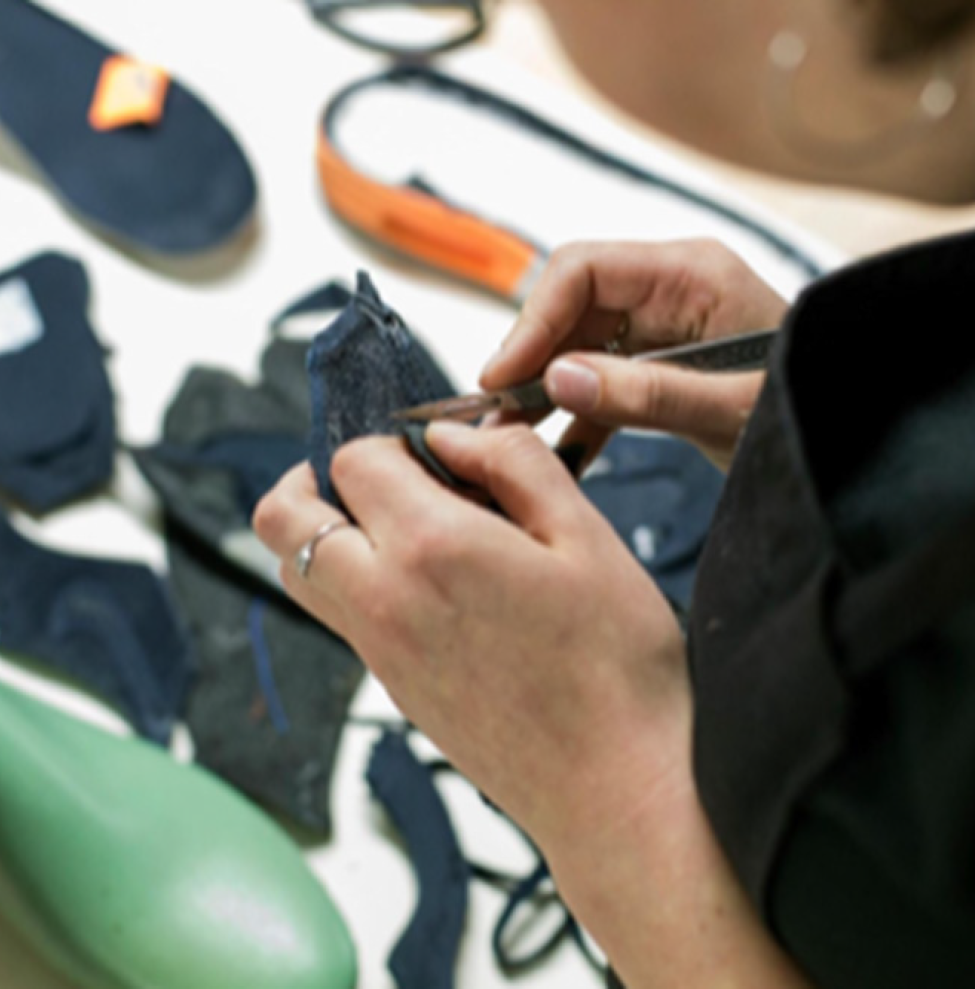
Leather is the oldest
form of up-cycling
If hides and skins were not transformed into leather they would need to be disposed of in some way. Every year, leather saves around 10 million tonnes from ending up in global landfill, potentially adding to the problem of greenhouse emissions. Turning hides and skins into leather is one of the oldest forms of recycling.
.gif.aspx?lang=en-US)
Are cows killing the planet?
Burping cows killing the planet is great clickbait, but it’s wrongly based on a misunderstanding of the biogenic cycle. Repeating it as fact leads to consumers and businesses making what they consider to be decisions about good environmental practice based on the wrong information.
Methane is part of the natural carbon cycle that after 12 years breaks down into natural CO2 and water. Grass absorbs the CO2 by photosynthesis and the cycle starts again. CO2 from fossil fuels is new and does not come from this natural carbon cycle, so remains in the atmosphere for potentially 1,000 years.
A simple and graphic explanation of the science can be...

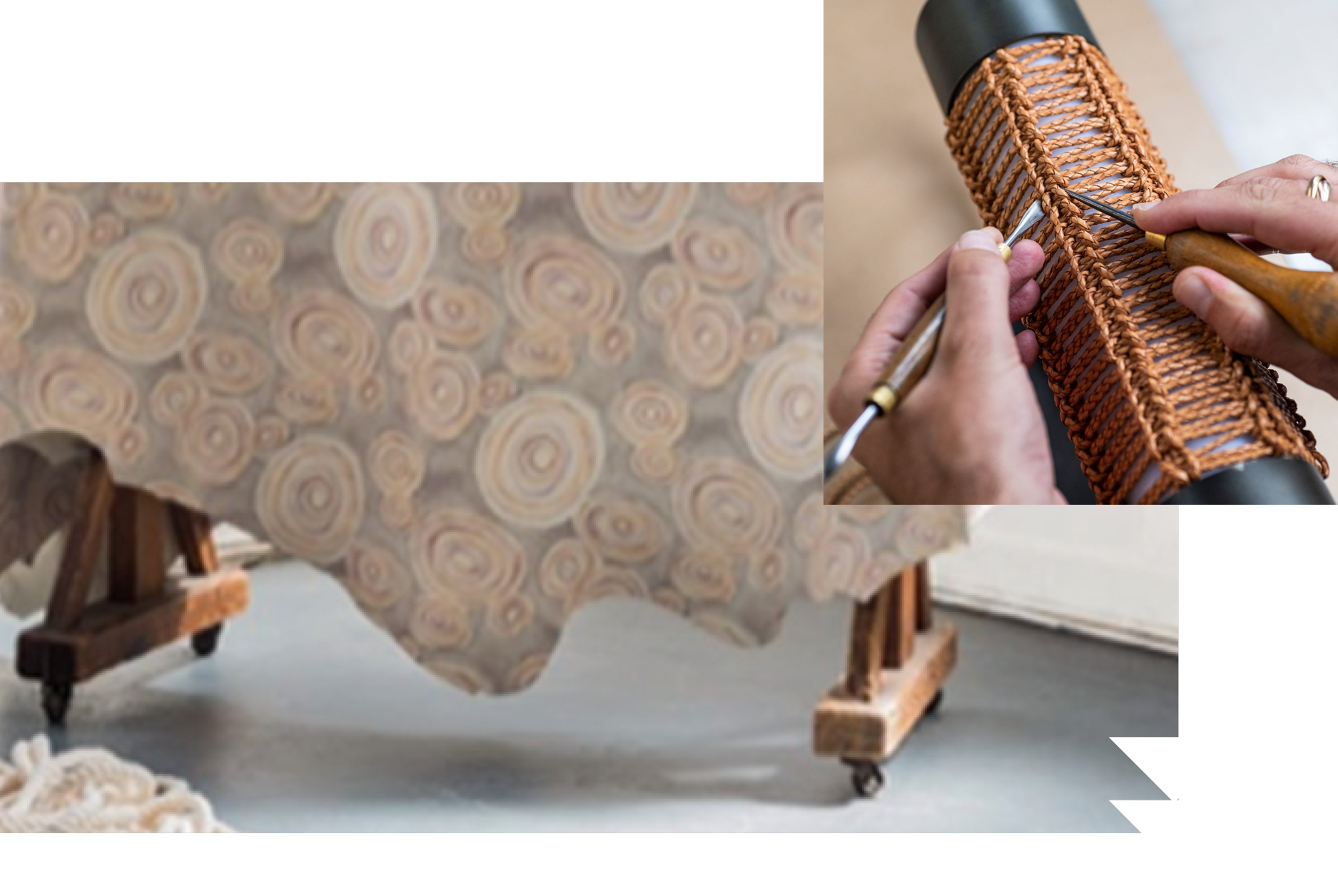
Regenerative Farming
A Circular Solution
Traceability, regenerative farming and the use of their subsequent leather by-product are part of a longer term climate solution. Brands such as Timberland and Mulberry are among those already sourcing leather from regenerative agriculture, making it central to long term sustainability strategies. Read more about the benefits of brands investing in regenerative leather.

is leather sustainable?
Leather is a natural, renewable by-product. It lasts a long time, ages well and is repairable. At the end of life, leather will biodegrade. In a world that needs to reduce its use of plastic, leather is a valuable material that has important benefits as we look, not just to cost per wear, but crucially, impact per wear.
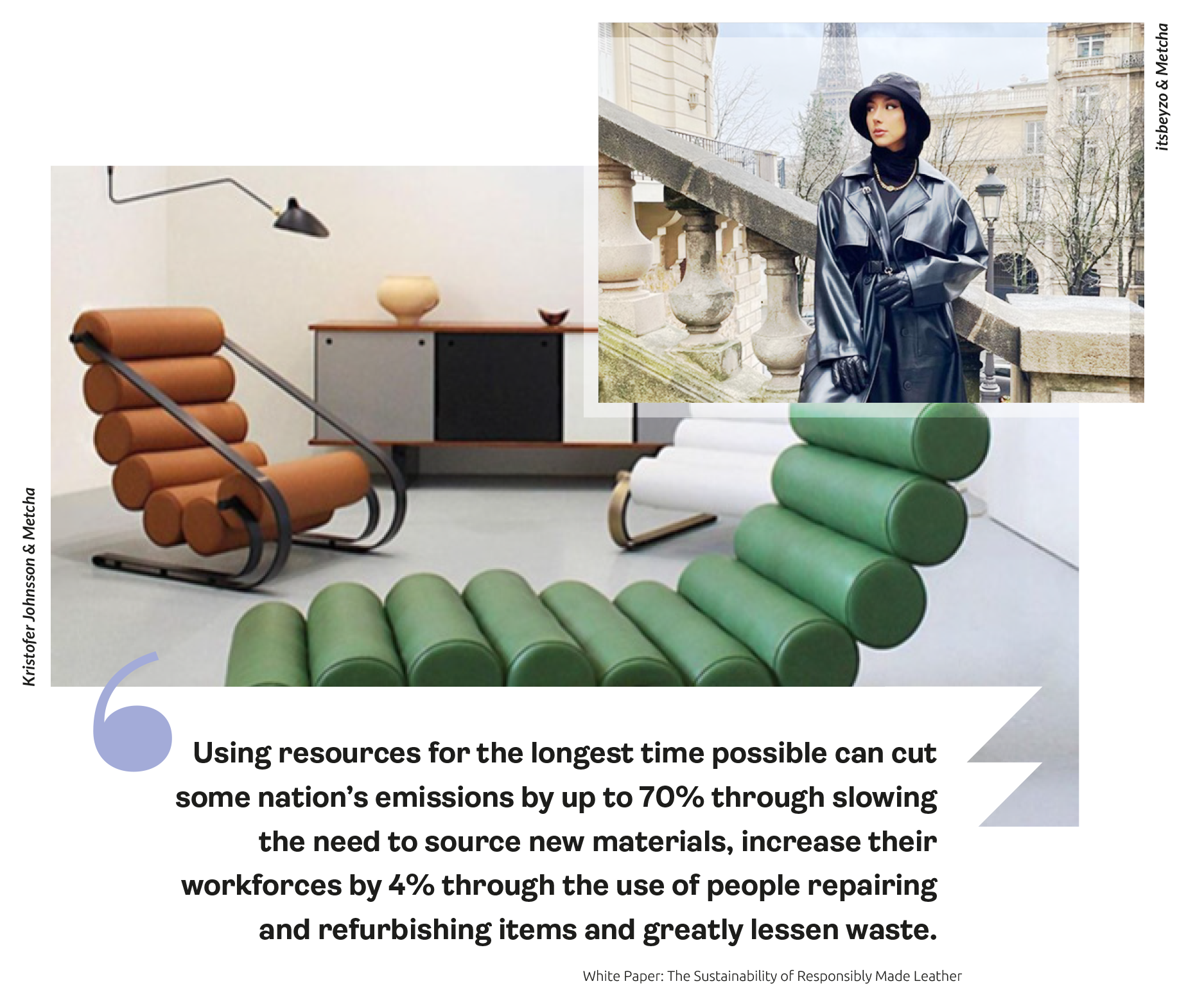
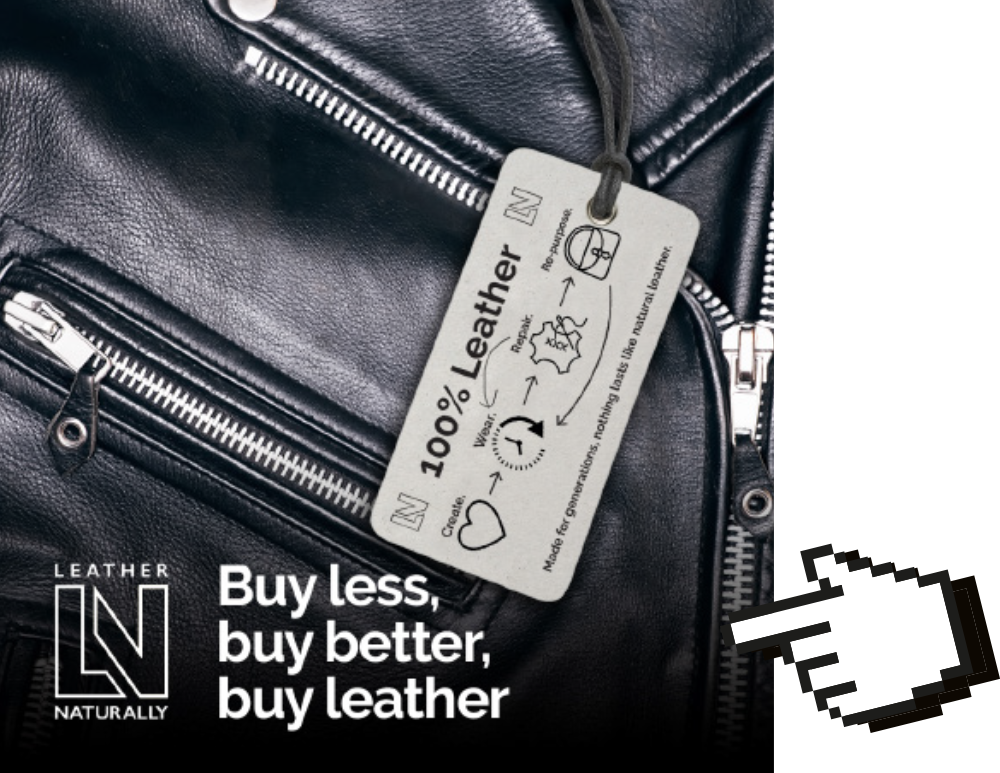
What is impact
per wear?
Rather than looking at ‘cost per wear’ of an item, impact per wear is an evaluation that measures the time consumers keep and use an item. In simple terms, the longer its use, the lower that item’s environmental impact.
Leather can play an important role in creating low-impact-per-wear products thanks to its durability, repairability and even its potential for repurposing at end of life.
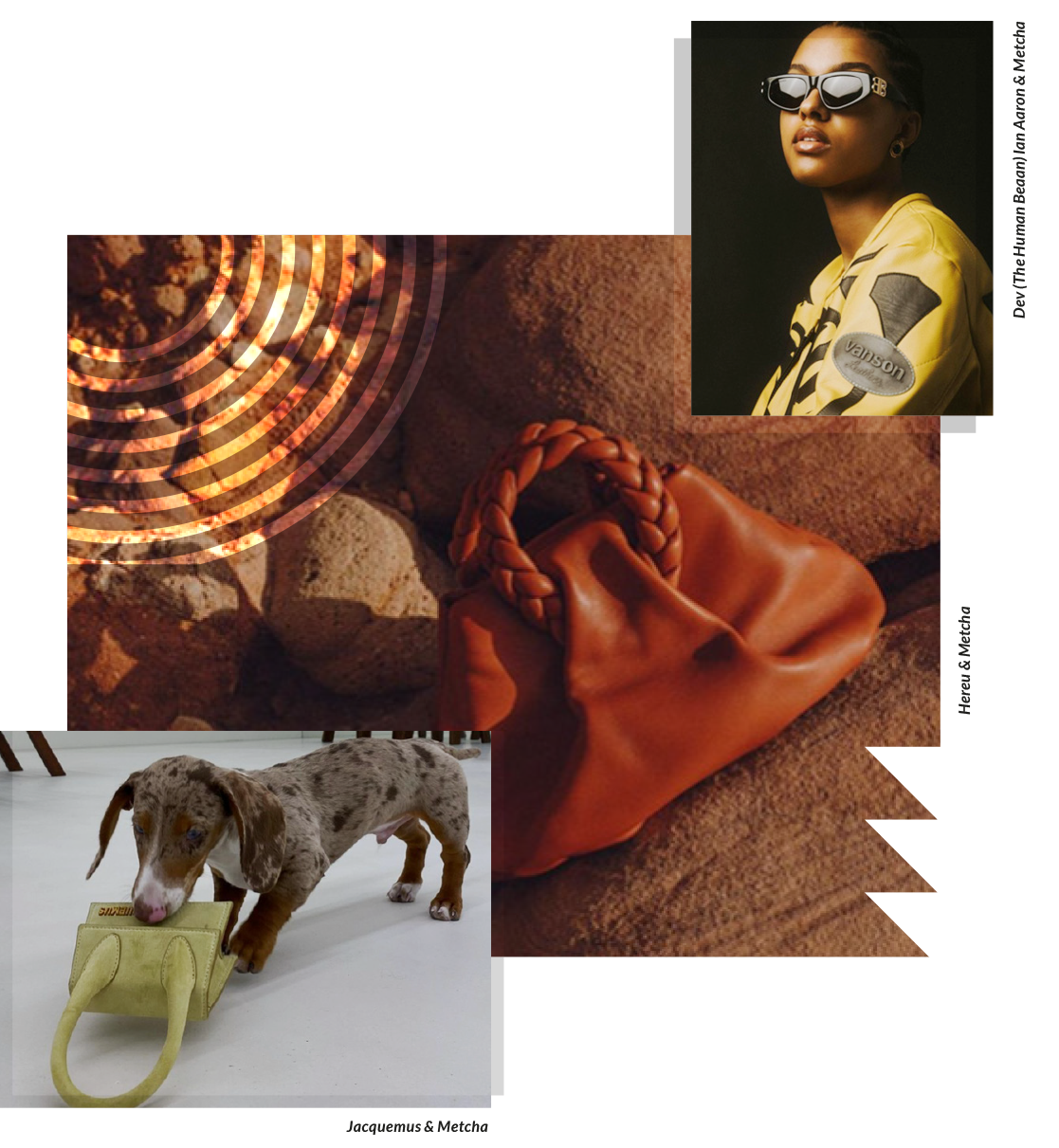
Does leather biodegrade?
Leather will biodegrade, depending on type, in around 10-50 years, (in comparison plastic and fossil-fuel based materials will take 500-1000 years). Innovative new technologies in the industry are bringing that time down further, meaning that designers can create products with long-life repairable solutions and natural end-of-life disposal in mind from the outset.
The Anya Hindmarch ‘Return to Nature’ collection is a great case study and benchmark for the future.

what is vegan leather?
The term ‘vegan leather’ has become a shorthand for reassuring consumers they are making positive decisions in reducing their environmental impact. Unfortunately most are unaware that the product they are buying could be wholly or partly plastic-based. Consumers who would otherwise buy and use leather may be switching from it for the wrong reasons. Those who prefer not to use animal products deserve transparency - if they are also looking at ways to reduce plastic consumption.
What is
Vegan Leather?
‘Vegan leather’ is a marketing term to describe a product that has been made to look like, or take the place of leather for consumers who prefer not to use animal products. Also known as ‘synthetic’ or ‘faux’ leather they are usually made from plastic: PVC, PU (polyurethane), polyester, nylon and so on.
Check out how to tell the difference between synthetic leather and real leather.
.gif.aspx?lang=en-US)

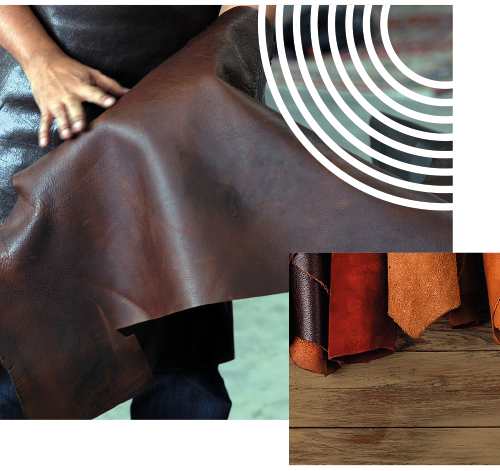
A natural alternative?
Newer materials used to replicate a leather appearance include those that include grape skins, mushrooms, palm leaves and apples. Right now most are mixed with, or backed with synthetic resins and plastics to provide strength and durability.
A study by FILK, (Research Institute for Leather & Synthetic Materials) found that synthetic or bio-synthetic mixes were not able to replicate the unique combination of durability and comfort of leather. The report gives a clear insight into the composition of a range of materials and makes compelling reading
Get into the detail
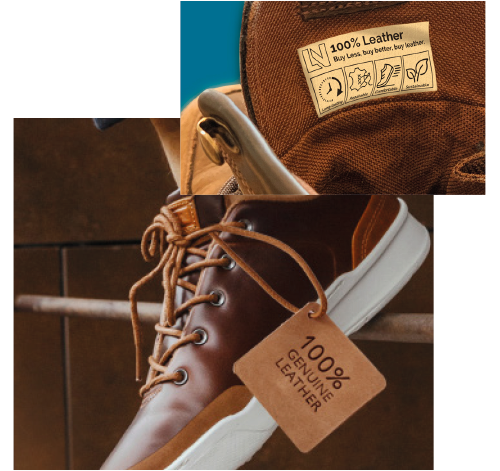
Understanding
the label
The label ‘vegan’ has wrongly become synonymous with being green or environmentally friendly. Plant-based materials often focus on the ‘plant’ part of the name, leaving consumers unaware of the synthetic element.
If you want to make an informed choice and understand if a material is natural, look at the breakdown on the composition label.
.gif.aspx?lang=en-US)
#LeatherTruthfully
.png.aspx)